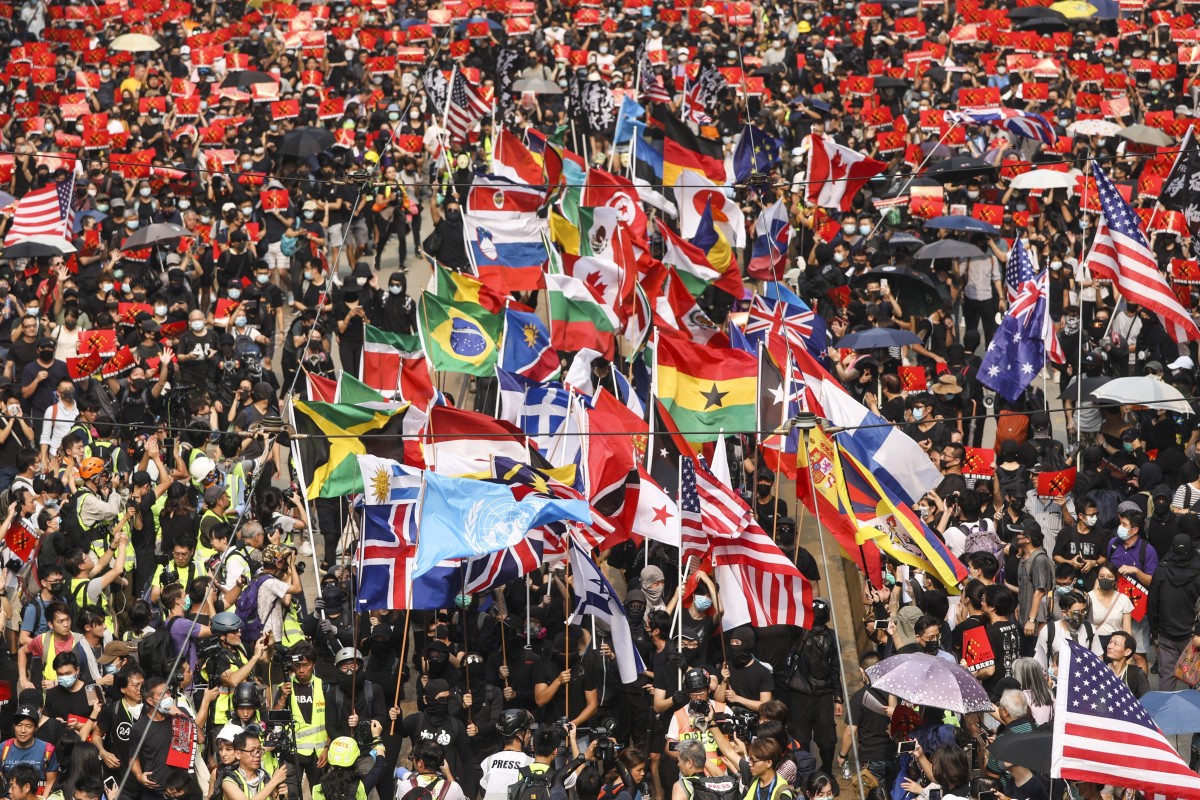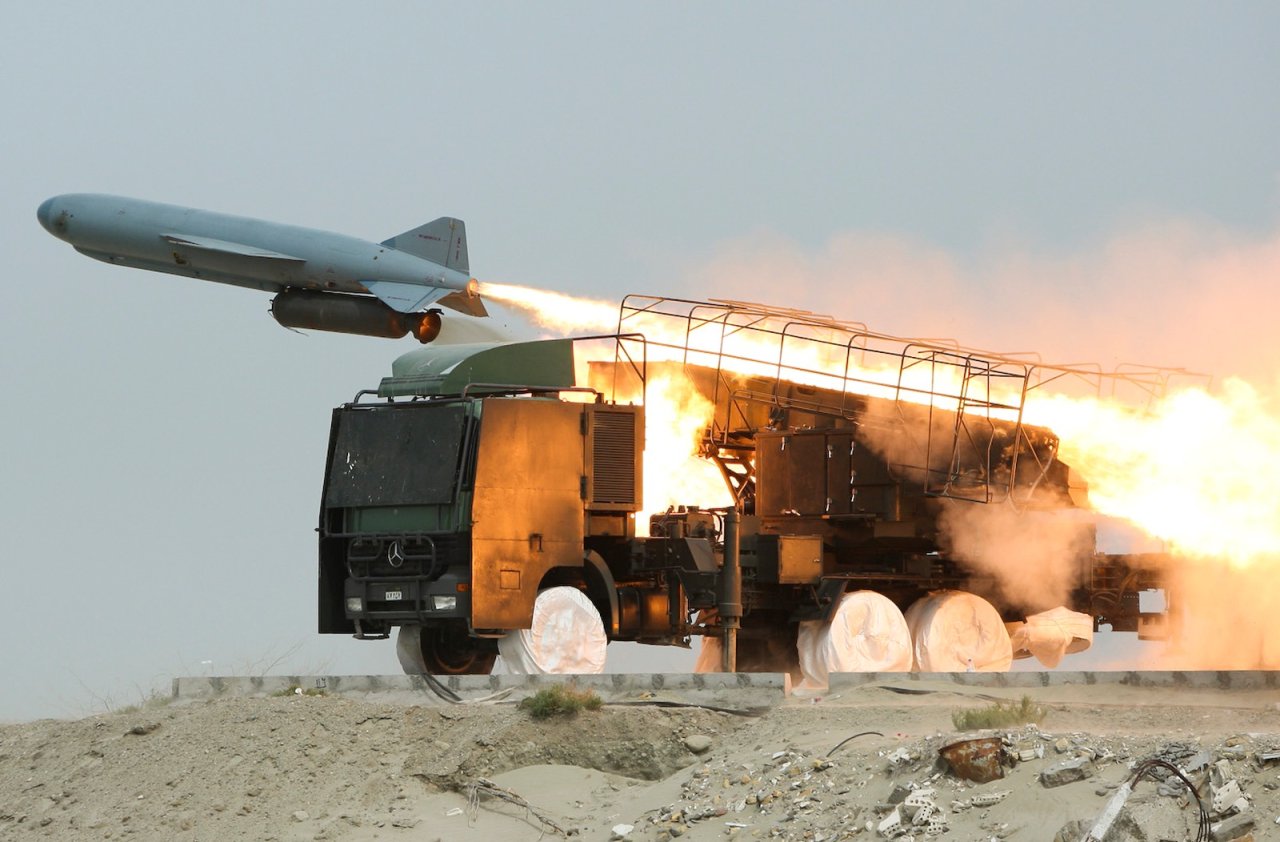 'We have the geographic advantage, demographic advantage, we have the necessary technical skills.' 'We just have to get all of these together. Then, we can very well compete.'
'We have the geographic advantage, demographic advantage, we have the necessary technical skills.' 'We just have to get all of these together. Then, we can very well compete.'
India has always been seen as a top destination for IT services, but today, the IT hardware sector also is trying to make a mark on the world map.
With the US-China trade war hotting up, India hopes that many large companies will look at India as an alternate destination. But are we ready to attract them?
"Offsetting the India disability, support has to be given for a short period. It is not that the industry requires support from the government endlessly; it is only for a fixed period of time. This support can be in the form of tax rebates, refunds, etc," George Paul, below, CEO of the IT hardware industry association, MAIT, tells Rediff.com's Shobha Warrier.

















